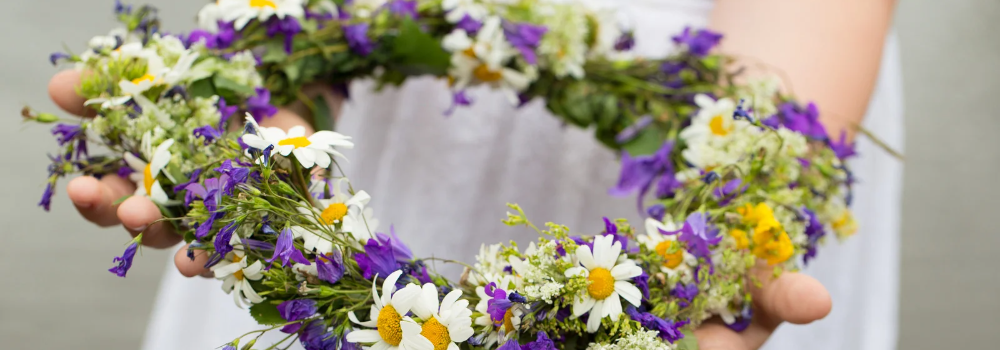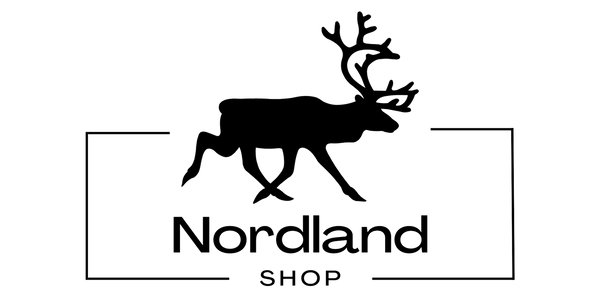
Midsummer in Scandinavia
Clemens HaardiekShare on social networks...
Midsummer is celebrated in all Nordic countries, but there are some differences in customs and traditions.
Sweden:
Midsummer, also known as "Midsommar," is a particularly popular and important festival in Sweden. It is celebrated on the Friday between June 19 and 25. People leave the cities and spend the weekend in the countryside, where they perform traditional dances around a flower-decorated tree (Midsommarstång). Wearing flower wreaths and traditional costumes is customary. There are also special foods such as pickled herring, potatoes, fresh strawberries, and aquavit (a spirit). Midsummer is a time of joy and togetherness in nature.
Norway:
In Norway, Midsummer is known as "Sankthansaften" or "Jonsok." It is celebrated on the evening of June 23, the eve of St. John's Day. In some regions, there are traditions such as lighting large bonfires to celebrate the solstice. People gather around the fire and sing songs. In some coastal regions, there are also customs such as "boat burning," in which small wooden boats are burned on the water.
Denmark:
In Denmark, Midsummer is called "Sankt Hans Aften" and is celebrated on the evening of June 23rd. It is known for the burning of straw witches (Gækkebrev), which symbolically drive away evil spirits. Bonfires are also lit to celebrate the solstice. People gather around the fire, sing songs, and give speeches. It is also customary to roast stick bread over the fire and enjoy various social outdoor activities.
Finland:
In Finland, Midsummer is called "Juhannus" and falls on the weekend between June 20 and 26. It's a time when Finns celebrate the beginning of summer and enjoy the long days. People often spend the weekend at their summer houses by the lake. Traditional customs include lighting bonfires, bathing in lakes or saunas, singing songs, and dancing around the maypole. There are also special dishes such as grilled fish and berry desserts.
Iceland:
In Iceland, the Midsummer Festival is known as "Jónsmessa" or "Midsommar." It takes place on June 24 and coincides with the birthday of John the Baptist.
During the Icelandic Midsummer Festival, people gather in nature, especially in rural areas, to celebrate the summer solstice. It is a time of gathering, singing, and dancing. Bonfires are often lit to illuminate the festival and symbolize the warmth and light of summer. People enjoy being outdoors, taking walks, picking berries, and admiring Iceland's stunning landscape.
There are also several traditional rituals and beliefs associated with the Icelandic Midsummer celebration. One of these states that certain flowers have healing properties on this day, and it is customary to collect them. There is also a belief that elves and fairies are particularly active on this night, and some people search for signs of their existence.
These are fairly general descriptions of the differences between the Scandinavian countries. However, there are also regional variations and individual traditions within each of these countries.
You can find out more about Midsummer in the Nordland.Shop here ...
